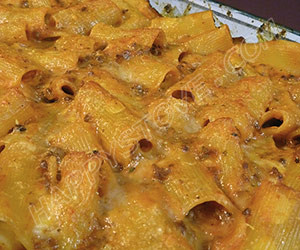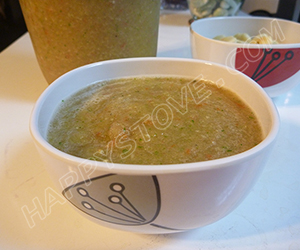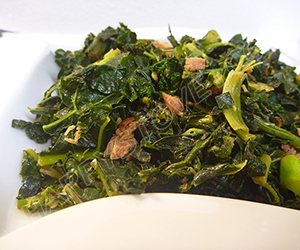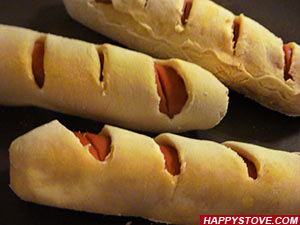The Scoville Scale
The Scoville Scale is a commonly used method to measure how hot the chillies are. The higher the value of Scoville heat units, that express the concentration of capsaicin, the hotter the pepper.
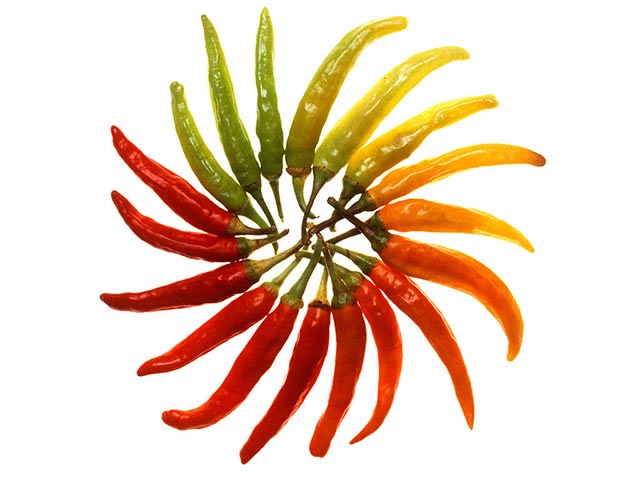
The hot stuff
Chili pepper plants are part of the family scientifically called Capsicum, that includes both spicy and non spicy pepper plants.
Most fruits of the Capsicum genus, contain substances known as capsaicinoids, of which the most abundant is the capsaicin.
Capsaicin is a chemical compound that is responsible for the well know sensation of "pungency" characteristic of spicy foods by stimulating receptors of the heat VR1 (vanilloid receptors 1) localized on the skin and mucous membranes (like the tongue)
Scoville Scale in details
The easier method commonly used to measure the concentration of capsaicin is the Scoville scale.
The Scoville scale is named after its inventor, Wilbur Scoville, an American pharmacist who developed the Scoville Organoleptic Test in 1912. A solution of the pepper extract was diluted in water and sugar until the "heating" sensation was no longer detectable by a group of tasters (generally 5).
Usually the testers were trying only one sample per day. The degree of dilution determined the value of a particular pepper on the Scoville scale.
Arbitrary, Scoville assigned a value of 16.000.000 to pure capsaicin.
A sweet pepper, containing no capsaicin, has a value equal to 0 on the scoville scale, indicating that the pure (undiluted) extract of bell pepper is not spicy.
Habanero Pepper has an average Scoville Heat Units value of 250.000, that means that the Habanero extract is not anymore spicy after being diluted in water and sugar 250.000 times.
Popular but not so precise
Since the Scoville scale is widely known, many hot sauces sold in both North and South America show their pungency in Scoville Units.
Despite its popularity, the Scoville Scale is imprecise because based on human subjectivity.
A more accurate and reliable measure is obtained using High Performance Liquid Cromatography (HPLC) methods. Results are expressed in American Spice Trade Association (ASTA) Pungency Units.
Approximately one ASTA Pungency Unit correspond to 15 Scoville Heat Unit.
See also the related article: Varieties of Peppers ↪












